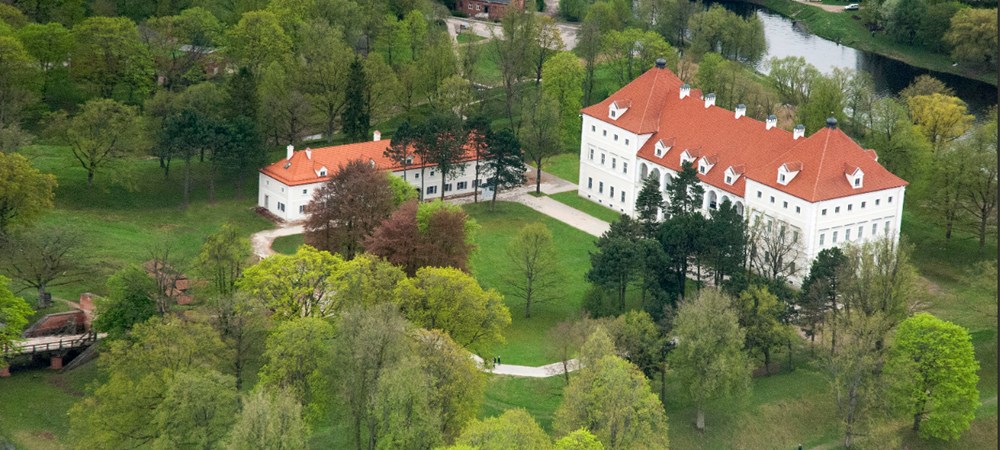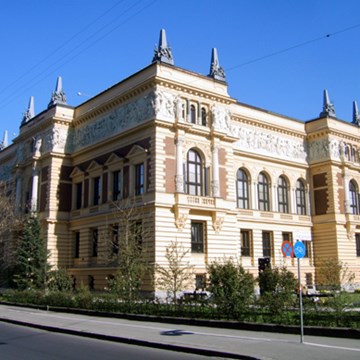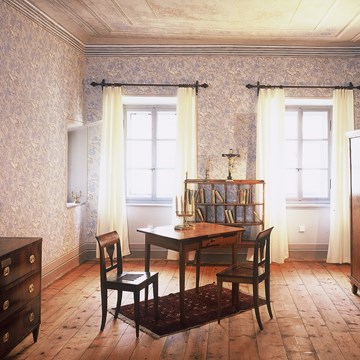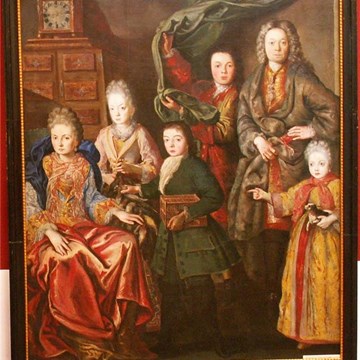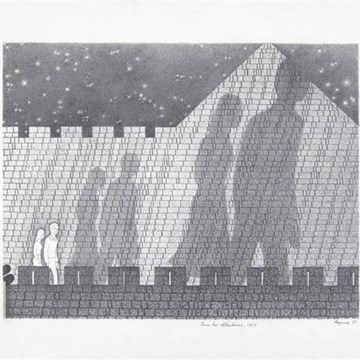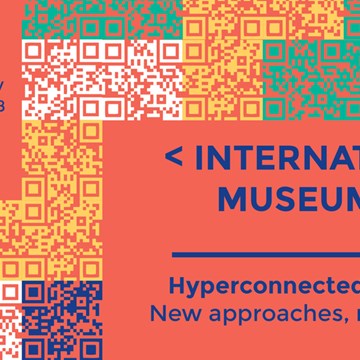Biržai Region Museum Sėla
Biržai Museum was established on February 16, 1928. On March 9, 1989, the town of Biržai celebrated the 400th anniversary of the Magdeburg rights being granted to it. On that same day, the museum opened its doors to the public. The museum is situated since then in the newly restored palace of Biržai castle. In 1991, it took up the name "Sėla" Biržai Region Museum due to the fact that Biržai lies on the lands where the ancient Selonian tribe lived centuries ago.
The museum boasts a wide variety of collections related to ethnography, religion, warfare and the history of Biržai region. It also hosts temporary exhibitions by local or international artists. In addition, the museum organises educational programs for children, teens and adults.
Have a look around the castle and the museum with this virtual tour: http://3dvilnius.lt/birzu-pilis/#s=pano63
Exhibitions and events

Prehistory
Permanent exhibitionThis permanent exhibition showcases some valuable finds from northern and northeastern Lithuania. These regions were inhabited by the Selonian and Semigallian Baltic tribes, who left...
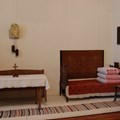
Ethnography
Permanent exhibitionThe exhibition is dedicated to everyday life in Biržai region in late 19th and 20th century. It aims to represent the richness and variety of the local customs, traditions and crafts. On...
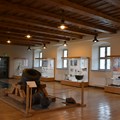
Warfare in the 16th century
Permanent exhibitionThe castle's arsenal houses a permanent warfare exhibition since 2014. Archaelogical excavations were completed in 2007 and the present building stands on the same place as the old one. On display...
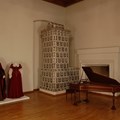
Biržai and the Radziwill
Permanent exhibitionThis permanent exhibition showcases the turbulent history of Biržai, its manors and the castle. During a very long period Biržai was ruled by the Radziwiłł family. These aristocrats...
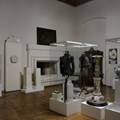
Biržai in the 19th century
Permanent exhibitionThis exhibition represents the Tyszkiewicz (Tiškevičiai) family heritage in Biržai region. During this period Lithuania formed part of the Russian Empire (1795-1915). On display there...
Educational programs
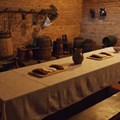
Žaldokas Beer program
WorkshopThe museum offers a unique glimpse at the beer traditions in Biržai. Visitors will be able to savor local beer produced at the oldest brewery in town. To round off the experience, beer will be...
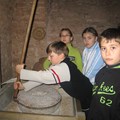
Old things can speak
WorkshopLife in the past is made accessible in this program. Through fun tasks you will experience everyday routines, you will learn the skills and you will understand how did your ancestors live. This...

How was paper made?
WorkshopIt is hard to imagine life without paper. Where does it originate from, when was it first made, what were the techniques? These are just some of the mysteries you will uncover during this program....
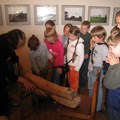
From grains to garments
WorkshopA tiny grain of flax is more than just food. Flax has many purposes, specially in Lithuania. In the olden days, people would make their clothes from it. Learn about the grain's journey from soil to a...
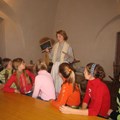
Secret School
WorkshopCould you imagine Lithuanian schools without Lithuanian language? A century ago Lithuanian was banned in schools and students were forced to speak another language. What did these schools look like?...
Collections
We don't have anything to show you here.

